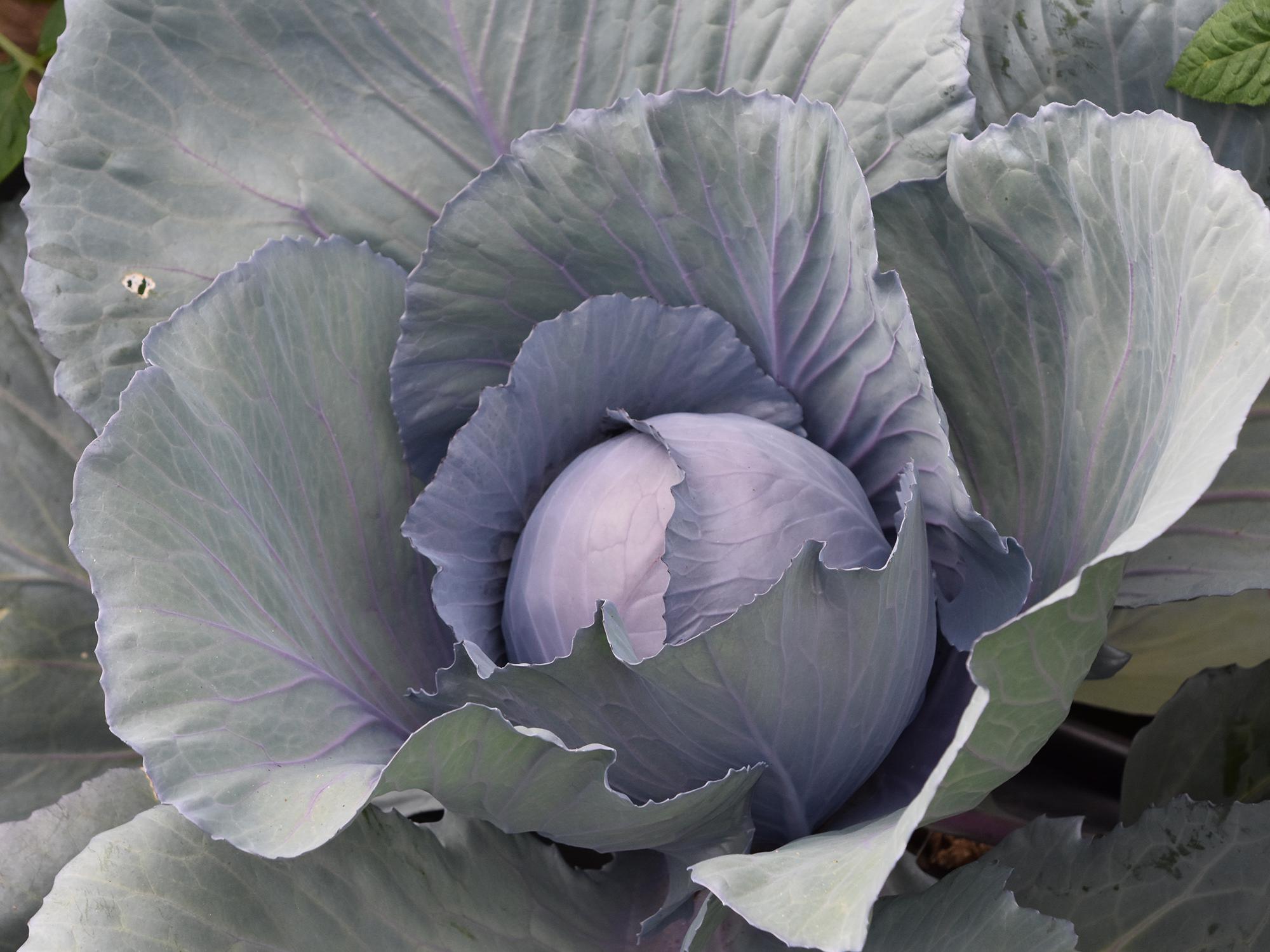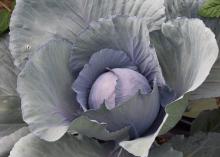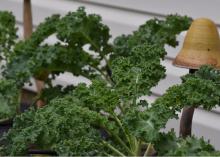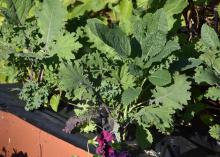Information Possibly Outdated
The information presented on this page was originally released on October 30, 2017. It may not be outdated, but please search our site for more current information. If you plan to quote or reference this information in a publication, please check with the Extension specialist or author before proceeding.
Kale, cabbage are pretty and delicious in winter
This year, I’m getting an early start on my ornamental kale and cabbage planting for the fall.
A couple of weeks ago, I found these plants being marketed in variety packs, so I picked up a selection of kale and cabbage. What an easy way to select plants for your landscape this weekend.
These plants are not very fussy and will grow all winter, displaying their vibrant colors. Ornamental kale and cabbage are a can’t miss choice for cool season color.
While these plants are marketed as ornamentals and may not be as flavorful as the culinary varieties, I’ve found them perfectly acceptable for baked kale and cabbage chips. If you plant to eat them, try to start your own plants from seed. It’s really quite easy.
You may be surprised to learn that ornamental kale and cabbage belong to the same species. Ornamental cabbage usually refers to selections that have smooth and more or less unruffled leaves. Kale, on the other hand, has ruffled, textured leaves, and many have feathered leaf edges. This, in my opinion, makes ornamental kale more interesting and cabbage more stabilizing in the winter landscape.
There are many different colors and leaf textures to add landscape interest, so don’t plant a single type. Mix and match for increased visual interest in your landscape.
A really great idea I came across at the garden center and immediately bought were transplant pots with different culinary kale and cabbage varieties already growing in them.
Called Simply Salad Storm Mix, these pots had both green- and red-leafed selections. The directions recommended harvesting leaves from the outside and letting the plants continue to grow more. This will be an easy way to get some fresh greens all winter long.
Remember that droughty weather can happen in the winter, and kale and cabbage like consistent soil moisture. A layer of mulch can help by conserving soil moisture. But don’t forget that cabbage and kale don’t like “wet feet” either, so good bed drainage is essential.
Some of the best growth and performance I get is by planting kale and cabbage in special, self-watering containers, which, in case you forgot, is my favorite home growing system. I really like seeing curly kale destined for a winter recipe growing lined up in these containers. While this is a variety typically grown for food, its ruffled and crinkled edges look good right up to harvest day.
Ornamental cabbage and kale are actually fairly heavy feeders. I like to add a tablespoon of a good slow-release fertilizer into each planting hole to get the plants off to a great start. On a monthly schedule, I apply a water-soluble fertilizer to keep the plants healthy and growing strong.
Try this easy kale chip recipe. Clean the leaves, and remove the large midrib from your kale. Mix with a little extra virgin olive oil and sea salt, and then bake at 240 degrees for about 45 minutes.






